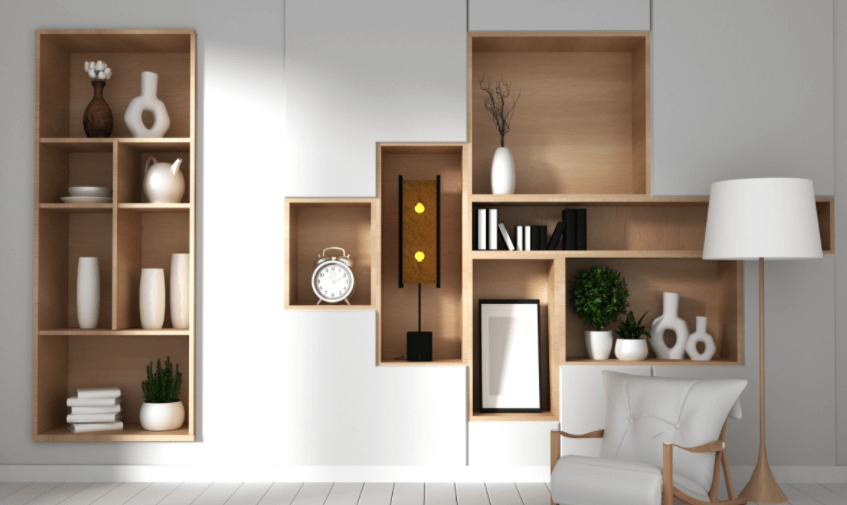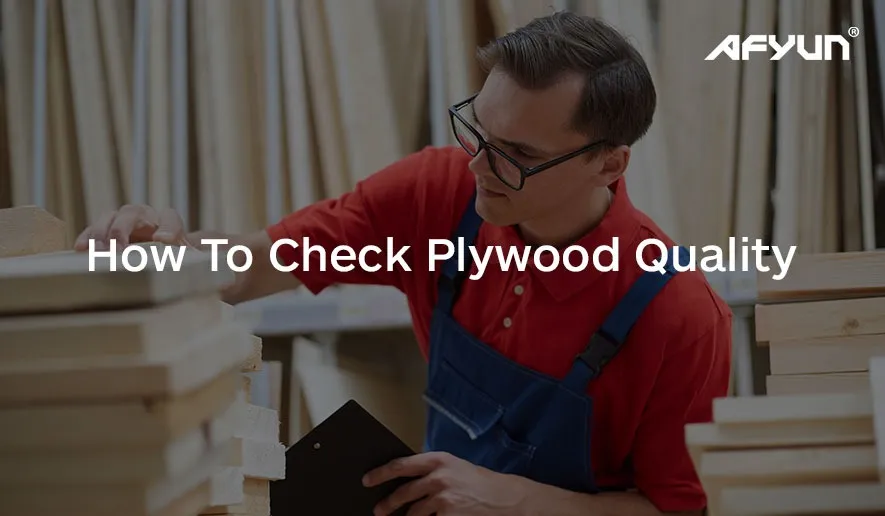Plywood is gaining popularity for its versatility. And it is slowly replacing traditional wood.
Builders use it for both exteriors and interiors big time.
Let’s look at the uses of plywood for interiors and which is the best plywood for interiors.
There are various types of plywood available in the market. Choosing the best plywood for interiors depends on the area of use, furniture type, and budget.
By the end of this blog, you will know which is the best plywood and which one to choose for your space.
Uses of Plywood in Interiors
You can use plywood almost anywhere in the interiors of your homes or offices. To be precise, the uses of plywood in interior designing range from covering walls to floors due to its water resistance, strength and durability. Also, there is fire-resistant plywood, which can keep fire at bay.
- For Walls and Interior Decor

The grain and texture of the plywood add an intriguing and elegant touch on a tight budget. These last for a long time and are incredibly easy to put together. Thus, it makes it one of the best plywood for interior decor and walls.
- For Ceilings

Builders use Plywood extensively in crafting false ceilings and creating beautiful structures. This adds an excellent wooden texture to the ceiling and adds a beautiful seasoned wood look.
This also helps in making your entire home look different!
- For Shelves & Cabinets

Yet another use of plywood for interiors is in constructing shelves & cabinets. Shelves and cabinets are now completely customizable and easy to craft with plywood.
These shelves are lightweight, making them easy to install on the wall and absorb shocks, along with being able to carry heavy loads. Also, it can resist moisture.
However, always ensure that you choose the best plywood for interiors depending on your area of use.
- Furniture

The primary use of plywood in interior design continues to be in the construction of interior furniture. Plywood is extremely durable and calibrated brilliantly!
Also, the added benefit of absorption of impacts makes it the perfect material for constructing frames of sofas, beds, and tables. To name some plywood for bed frames, chairs, tables and more, BWR Plywood, MR Plywood and BWP Plywood would be great options.
Compared to traditional wood, plywood also prevents borers and termites. What more can you ask for? However, make sure that you choose the best plywood for your interior.
The List of Best Plywood for Interiors

These are the best plywood for interiors based on the area of use:
- BWP Plywood
Boiling Water Proof Plywood (BWP) is a type that can withstand moisture and water, all thanks to its special treatment.
BWP Plywood uses high-quality hardwood veneers, which the manufacturers bond together with a waterproof resin adhesive. Choose Afyun BWP (Boiling waterproof) 0 IS 710 Plywood for areas prone to water and moisture like the kitchen or bathroom. This is one of the best plywood for interiors.
- Fire-retardant Plywood
Fire-retardant plywood comes with a special chemical treatment, which helps it to resist fire.
Hence, you can opt for this one for kitchen interiors or other places prone to fire breakouts.
- BWR plywood / MR plywood
BWR plywood stands for Boiling Water Resistant plywood while MR plywood stands for Moisture Resistant plywood.
Builders and architects use both BWR and MR plywood for interior applications.
Are you on a budget and looking to make shelves and cabinets in your bedroom or living room? Then, Afyun’s BWR plywood and MR can cater to your needs. This is the best plywood for interiors if the risk of moisture is low and you are on a shoestring budget.
- Blockboards and Flexyply
Blockboard is a wood product made by sandwiching a core of softwood strips or blocks between two layers. The core typically consists of strips or blocks of softwood that are glued together. Meanwhile, the outer layers comprise thin veneers of hardwood.
Blockboard is popular for its strength, stability, and durability. Therefore, interior designers and builders use it for furniture, doors, and partitions.
Now, Flexyply is a type of plywood that is flexible as the name suggests.
It is made by bonding several thin layers of hardwood veneers together using a specially formulated adhesive that allows the plywood to bend and curve without cracking or breaking. Hence, designers utilize it for making curvy furniture and designs.
Both these are great choices of plywood for interiors.
Conclusion
We hope that the next time somebody asks you “Which plywood is good for interiors?” or the “Best plywood for interiors”, you will point them toward this article. In a nutshell, the uses of plywood in interior design are endless, and this article only discusses a few points!
If you require high-quality plywood, make sure you check out our products.
We offer different types of plywood such as:


